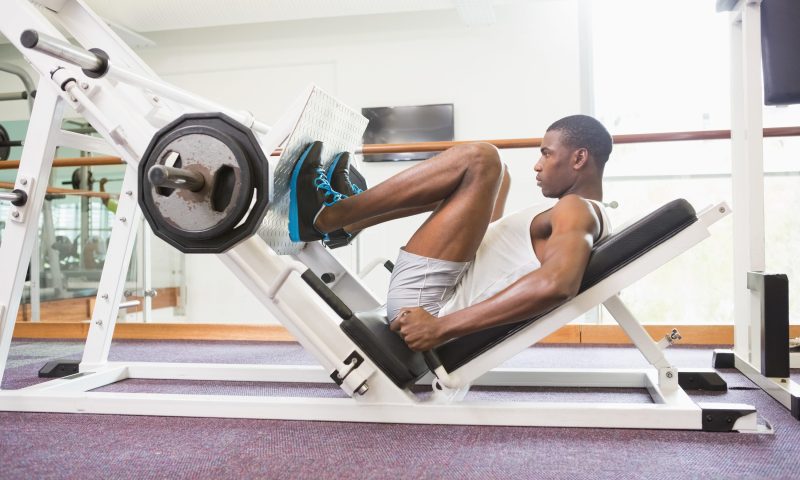Warm-ups and stretches add time to your workout; even so, plenty of fitness professionals discuss the benefits and reasons why you should include warming up in your workout session, especially when preparing to lift moderate or heavy weights. What about warm-up sets? Can warm-up sets help or hinder your weightlifting performance? Recently, researchers decided to find out in a new study. Before we delve into some of the latest research, what exactly are warm-up sets?
What are warm-up sets?

Warm-up sets refer to lighter sets where you perform the same exercises with lighter weights before jumping into your main weightlifting or resistance training session. The idea is to help prepare your body for moderate or heavier weights by increasing your blood flow, heart rate, and body temperature in your muscles and joints. You’ll start working and moving your muscles without going for the higher effort right away. Warm-up sets also give you a chance to practice your technique before picking up the more challenging loads.
They usually involve two or three sets of 10-15 reps with around 50-70% of the weight you plan on using for your main sets. You can modify warm-up sets to suit you.
The study

In a new study with an available preprint on SportRxiv, the study authors set out to explore whether adding warm-up sets before moderate weightlifting enhances performance. Does the number of warm-up sets completed or the weight used in the warm-up sets impact strength and endurance during the resistance training session?
The study involved 29 participants with an average of approximately four and a half years of weightlifting experience. The participants did three sessions:
- No warm-up session.
- One warm-up set of three to four reps at 75% of the participant’s typical 10-rep max.
- Two warm-up sets of three to four reps. (The first of those two sets was at 55% of the participant’s 10-rep max, and the second set was at 75% of the participant’s 10-rep max.)

During the resistance training sessions, participants performed the Smith machine bench press and leg press. They completed four sets to failure at their 10-rep max weight. There was a 48-hour break between workout sessions, and supplement intake and rest times were strictly controlled. The study authors measured and recorded the following factors:
- Reps completed.
- Total weight lifted.
- Fatigue performing different sets.
- Perceived effort or RPE.
- How ready participants felt to get training and move their muscles.
The results

The researchers concluded the following:
- There was no change in strength performance, no matter whether participants completed one warm-up set, two warm-up sets, or zero warm-up sets.
- The differences in fatigue, reps, and the total weight lifted were so minor they were deemed insignificant.
- The warm-up sets didn’t make participants feel more ready or prepared to train, and they also didn’t change the perceived difficulty, effort, or RPE.
The takeaway

This study shows us that if you’re short on time, skipping your warm-up sets shouldn’t impact your performance when training with loads around your 10-rep max. This could save you a few minutes for every exercise you plan on doing. That being said, this was a smaller study, and the researchers noted that the findings should be considered on an individual basis. If you feel that warm-up sets help you prepare for a workout and work your way up to your main training sets, you should include them.
It’s important to note this study also included trained lifters using moderate weights, not maximal loads. For heavier weights, many fitness professionals recommend warm-up sets to lower the risk of injury and help you lift safely. I like warm-up sets because I sometimes find it more challenging to jump right into lifting heavier weights; warm-up sets seem to instill a little more confidence before I increase the load.




